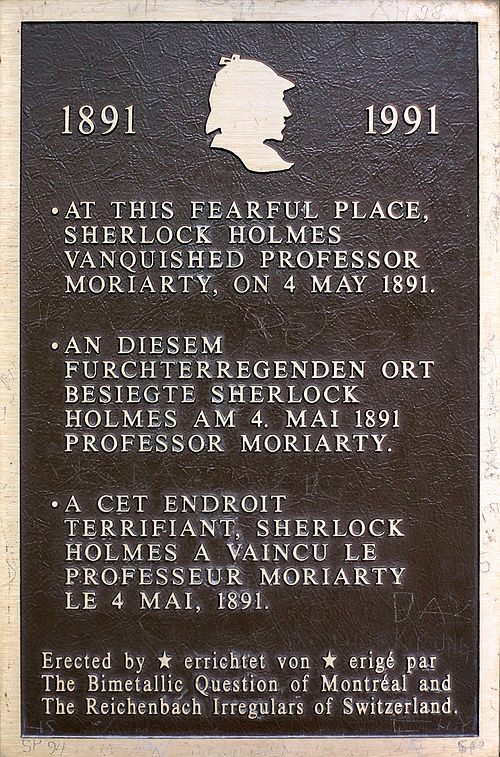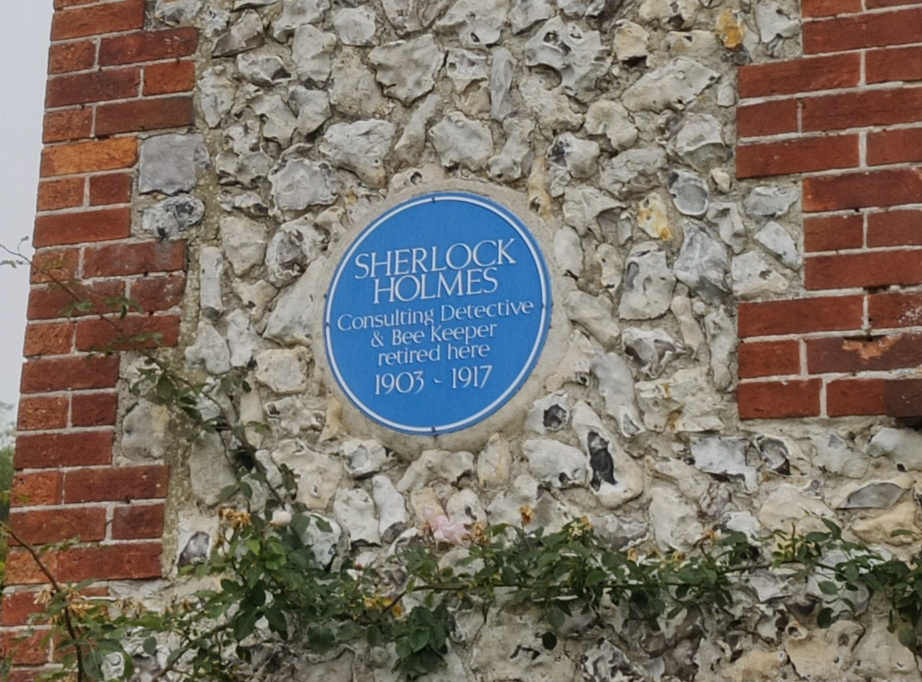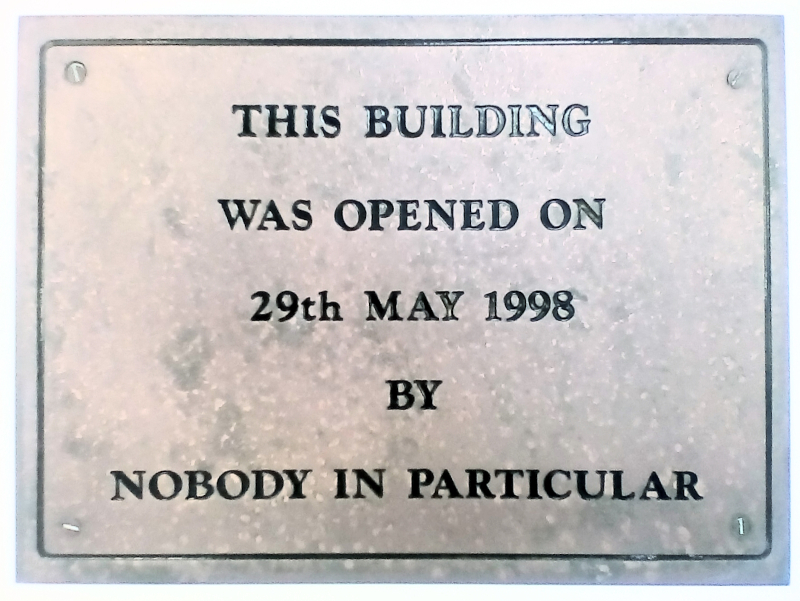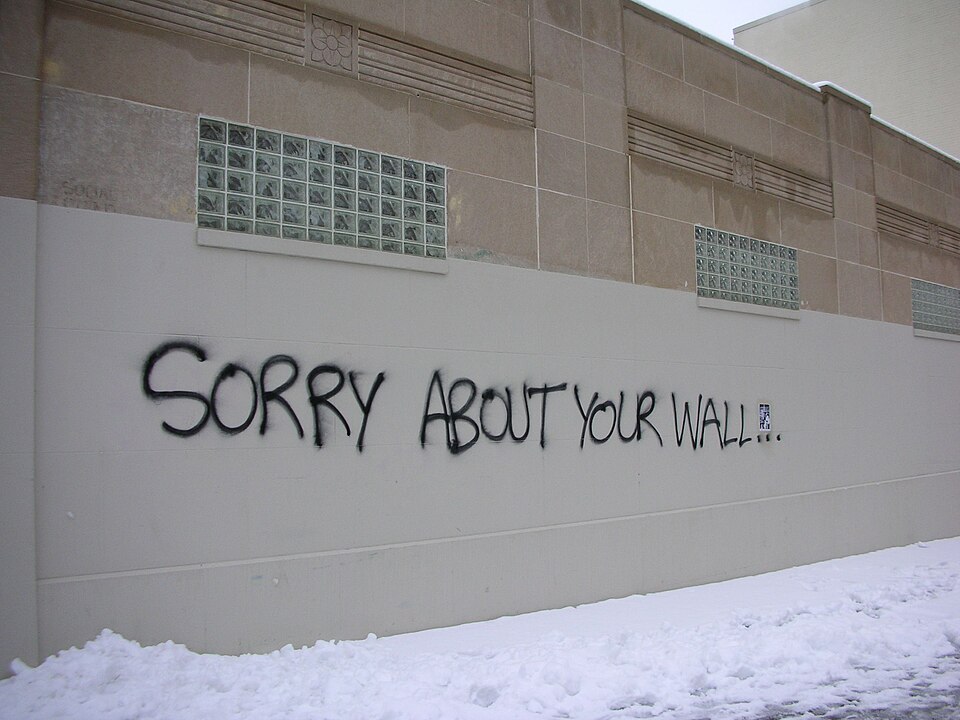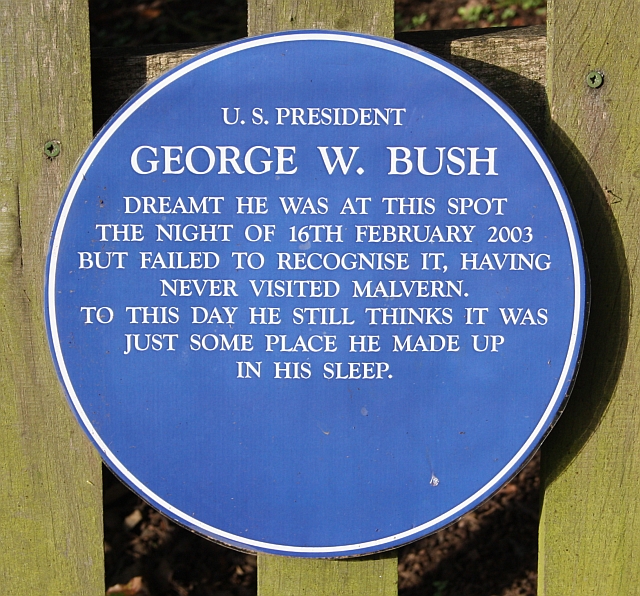“A Time-Series Analysis of My Girlfriend’s Mood Swings”
“Behavioral Conditioning Methods to Stop My Boyfriend From Playing The Witcher 3”
“Sub-Nyquist Sampling While Listening to My Girlfriend”
“Who Should Do the Dishes? A Transportation Problem Solution”
“Freudian Psychoanalysis of My Boyfriend’s Gun Collection”
“The Future of Romance: Novel Techniques for Replacing Your Boyfriend With Generative AI”
“Winning Tiffany Back: How to Defeat an AI Boyfriend”
Via r/ImmaterialScience.

